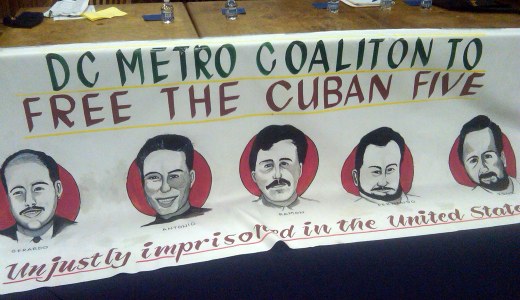
WASHINGTON – Nearly 100 students, faculty and local residents turned out Feb. 8 at Howard University for a panel discussion on the Cuban Five.
On the panel were attorney Luis Rumbaut of the Cuban American Alliance Education Fund; Carl Gentile, who is helping to coordinate labor outreach for the sponsoring group; Kathryn Striffolino, Amnesty International’s associate director of international advocacy for Latin America; artist Kamau Benjamin, chair of the DC Metro Committee to Free the Cuban Five and Howard University Professor John Trimble.
Gerardo Hernández, Antonio Guerrero, Ramón Labañino, Fernando González and René González – the Cuban Five – infiltrated exile groups, who sponsor the anti-Cuba terror, in Miami to find out their plans. They collected 64 files worth of information and turned them over to the Cuban government, hoping to stop the attacks. The Cuban authorities gave the files to U.S. security officials, hoping that the American authorities would stop the terrorist attacks coming from within its borders.
Striffolino discussed the trial that resulted in the conviction of all five Cubans. In Miami, the atmosphere towards Cuba is hostile and many actual terrorists and their supporters live there. Consequently, a change of venue petition was filed – and denied. Further, it has now come to light that journalists were paid to write stories to increase the anti-Cuban Five hysteria during the trial. The jury was composed of people who were from this community, and many believe that in such an atmosphere even the semblance of a fair trial was impossible.
The U.S. government seized materials from the houses of the Five that were needed by the defense and marked them “top secret,” making it nearly impossible for the defense lawyers to get to the materials.
The Five were charged with conspiracy, but months later a second charge was added, after Cuba shot down a plane flown by one of the groups. “Brothers to the Rescue,” the group, had often flown over Cuban airspace previously and had been warned against doing so. This time the Cubans shot down the plane and two members were killed. The planned flight was common knowledge in Miami.
Gerardo, the prosecution argued, knew of plans to shoot down the planes. He was given two life sentences, although he had no more knowledge than the average man on the street. When a person is accused of conspiracy they do not actually have to have committed the crime to be convicted. Thus the charge is often used in cases where political, racial and other issues can sway the juries.
The first trial in Miami convicted the Five but, the judge threw out the case on appeal and the men should have been freed. However, President Bush and then-Attorney General Gonzalez were furious and demanded a hearing before the full 12 judges of the appeals court.
The majority again convicted them and sent them back to 17 months in isolation and then to five different maximum-security prisons.
Only the outrage of international jurists and support groups around the world has helped. Amnesty International has written a detailed document about the unfairness of the trial and the cruelty that two of the wives have not been allowed to visit their husbands in 10 and 12 years respectively. To read more about Amnesty International’s position on the case of the Cuban Five, see AI’s report on the topic.
The lack of impartiality and fairness has also violated UN standards on human rights, said Carl Gentile, who spoke on behalf of labor groups that are preparing their second support trip to Cuba. The first visit, he said, was a tremendous learning experience, and the Cuban people appreciate the support of Americans for their compatriots.
Panelists painted pictures of the Five as the human beings they are. They have written poetry both in and out of prison, and an exhibit of the cartoons that Gerardo has drawn was brought from the Cuban Interest Section and displayed at the meeting. Antonio paints as well, creating works that have been on exhibit around the country. Antonio learned his art from a fellow prisoner. They all wish they could return to their homeland, and see their loved ones.
The Five have also inspired art: Kamau Benjamin; a labor union support representative for friendship with Cuba, painted a banner of the Five, which was on display in the room.
The program ended with plans to build the Washington chapter of the Committee to Free the Cuban Five, and listed three demands: for President Obama to pardon the Five, to allow visas to all wives of the Five and to arrest and punish the real terrorists who have caused such death and damage the Cuban people.
According to organizers, letters are received by the Cuban Five with great joy, so people were asked to write notes of kindness and solidarity. Their addresses are available here.
Corrected Feb. 16, 2011. Due to an editing error an earlier version of this article incorrectly attributed comments to Kathryn Striffolino of Amnesty International. Amnesty International recognizes the seriousness of the charges for which the five have been convicted; however, AI does not take a position on whether the Cuban 5 are innocent or guilty of those charges and says it is not in a position to call for the release of the Cuban 5. After following and reviewing the case extensively over a number of years, AI says it believes that there are serious doubts about the fairness and impartiality of their trial which have not been resolved upon appeal. AI therefore does not call for the release of the five individuals. A link to the AI report has been added into the text above. Also due to an editing error, an earlier version of the article incorrectly identified some of the panelists. We apologize for the errors and thank those who called them to our attention.


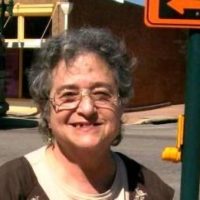
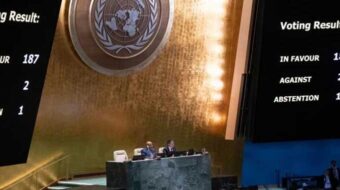
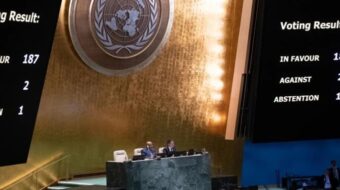
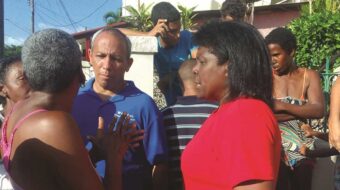






Comments